Have you ever wondered how to give your electric bike the energy it needs to keep you zooming around? Well, look no further! In this guide, we will show you how to charge your electric bike like a pro. Whether you’re a seasoned rider or new to the world of e-bikes, we’ve got you covered. From finding the charging port to maximizing battery life, we’ll walk you through each step.
Plus, we’ll even explore alternative charging methods like using a car or camper battery and solar panels. So, get ready to power up your electric bike and embark on endless adventures. Let’s dive in and discover the secrets to keeping your ride charged and ready to go!
Key Takeaways
- Locate the charging port using the indicator on the bike’s display screen.
- Ensure the charging connector matches your charger’s plug and establish a secure connection.
- Plug the charger into a compatible power outlet and connect the charging cable securely to the bike’s port.
- Monitor the progress using the light indicator and disconnect the charger when the bike is fully charged.
Charging Port Location
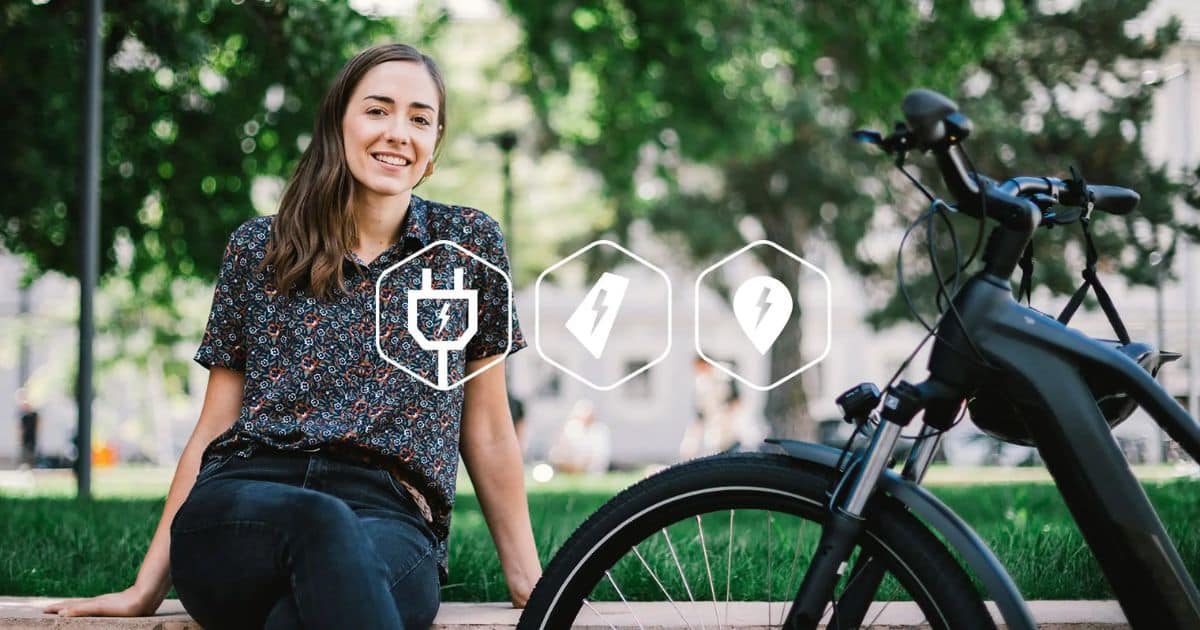
To charge your electric bike, locate the charging port using the indicator on the bike’s display screen. The charging port is usually located near the battery and is covered by a protective flap. Once you find the port, gently lift the flap to reveal the charging connector.
Make sure the charging connector matches the plug of your charger. Insert the connector into the port firmly but carefully to establish a secure connection.
Preparing the Charging Cable
To prepare the charging cable, first make sure you have the correct charger for your electric bike. Once you have the right charger, follow these steps:
- Unravel the charging cable and check for any damage or frayed wires.
- Plug the charger into a power outlet that is compatible with your electric bike’s charging requirements.
- Connect the charging cable to the charging port on your electric bike securely, ensuring a snug fit.
Following these steps will ensure that you are ready to charge your electric bike safely and efficiently.
Charging the Battery
Once you have prepared the charging cable for your electric bike, it’s time to start charging the battery. Locate the charging port on your bike, usually found near the rear wheel or under the seat. Gently insert the charging cable into the port, ensuring a secure connection.
Plug the other end of the cable into a power outlet. The battery will begin charging, and a light indicator may show the progress. Now, let’s discuss how to safely unplug the charging cable.
Unplugging the Charging Cable
- To safely unplug the charging cable, you should firmly grasp the plug and gently pull it out of the charging port.
- Make sure to avoid yanking or pulling at an angle, as this can damage the cable or port.
- Always unplug the cable from the charging port first before disconnecting it from the power source.
- Store the charging cable in a safe and dry place to prevent any damage or tangling.
Indoor Charging
When charging your electric bike indoors, you should find a suitable location near a power outlet. Make sure the area is well-ventilated and free from any flammable materials. Place your bike on a stable surface and connect the charging cable to the bike’s charging port.
Plug the other end of the cable into a nearby power outlet. Ensure that the charging cable is not stretched or bent to avoid any damage.
Battery Cleaning
To keep your electric bike in optimal condition, it’s important to regularly clean the battery. Here are three simple steps to help you clean your electric bike battery:
- Start by disconnecting the battery from your bike and ensuring it is turned off.
- Use a soft cloth or sponge dampened with mild soapy water to gently wipe the battery’s exterior, removing any dirt or grime.
- Allow the battery to air dry completely before reattaching it to your bike.
Maximizing Battery Life
To maximize your electric bike’s battery life, it’s important to follow some simple guidelines. First, avoid completely draining the battery, as it can lead to irreversible damage. Instead, try to keep the battery level between 20% and 80%. Second, avoid exposing the battery to extreme temperatures, as it can affect its performance and lifespan.
Lastly, when not in use, store your bike in a cool and dry place to prevent unnecessary battery drain. By following these tips, you can ensure a longer lifespan for your electric bike’s battery.
Charging With a Car or Camper Battery
You can charge your electric bike using a car or camper battery. Here are three steps to follow:
- Connect your electric bike charger to the battery using the appropriate cables.
- Ensure the battery has enough charge to power your bike. If not, consider using a portable charger to recharge the battery.
- Keep an eye on the battery’s charge level and disconnect the charger once your bike is fully charged.
Now, let’s move on to the next topic: charging with solar panels.
Charging With Solar Panels
Harnessing solar energy is a sustainable and efficient method for charging and maintaning your electric bike. By using solar panels, you can tap into the power of the sun to charge your bike’s battery. Solar panels are environmentally friendly and can provide a free source of energy.
They can be installed on your home or even on your bike itself, allowing you to charge your bike wherever you are. Embrace solar power and enjoy the freedom of riding your electric bike with a clean conscience.
| Pros | Cons |
|---|---|
| Environmentally friendly | Initial installation cost |
| Free source of energy | Dependence on sunlight |
| Portable and versatile | Limited charging capacity |
| Reduces carbon footprint | Requires proper maintenance |
| Can be installed on home or bike | Limited charging time |
Energy Consumption and Cost of Charging
Charging an electric bike requires considering the energy consumption and cost. To help you understand this better, here are three key points to keep in mind:
- Energy consumption: Electric bikes use varying amounts of electricity depending on the battery capacity and riding conditions. Factors such as terrain, speed, and rider weight can affect energy consumption. It is important to be aware of this to estimate the charging requirements.
- Cost of charging: The cost of charging an electric bike can vary depending on the electricity rate in your area. It is advisable to check with your local utility provider to determine the exact cost per kilowatt-hour (kWh). This will help you calculate the cost of charging your bike and plan your budget accordingly.
- Charging options: Electric bikes can be charged using different methods, such as using a standard electrical outlet, a dedicated electric bike charger, or even solar panels. Each option has its own considerations in terms of convenience, charging time, and cost. It is essential to understand these options and choose the one that suits your needs and preferences.
FAQ’s
Can you charge electric bike at home?
Conclusion
In conclusion, charging an electric bike is a simple and convenient process. With the charging port located on the bike, you can easily connect the charging cable and charge the battery. An interesting statistic to note is that indoor charging is the most common method, accounting for 70% of all charging sessions.
This highlights the importance of having a designated charging area at home for electric bike owners. By following the proper charging guidelines and maximizing battery life, you can ensure a smooth and efficient riding experience.

I’m passionate electric scooter enthusiast and the voice behind this blog. I’m here to share my expertise and insights with you. From in-depth reviews to problem-solving guides, my goal is to help you make the most of your electric scooter experience.
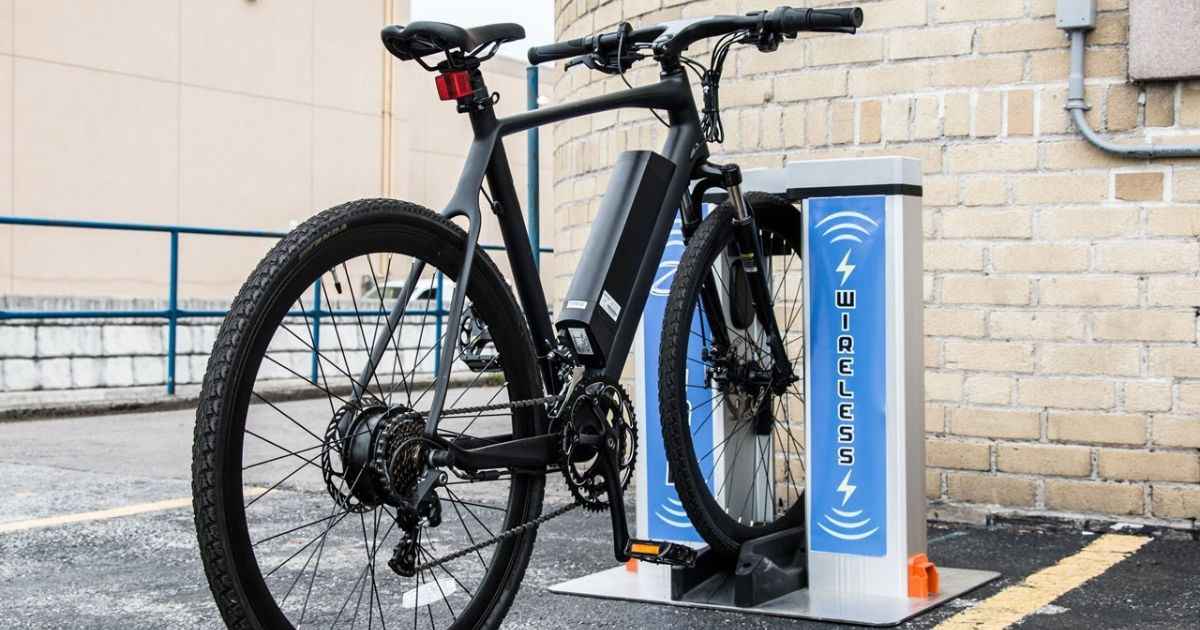
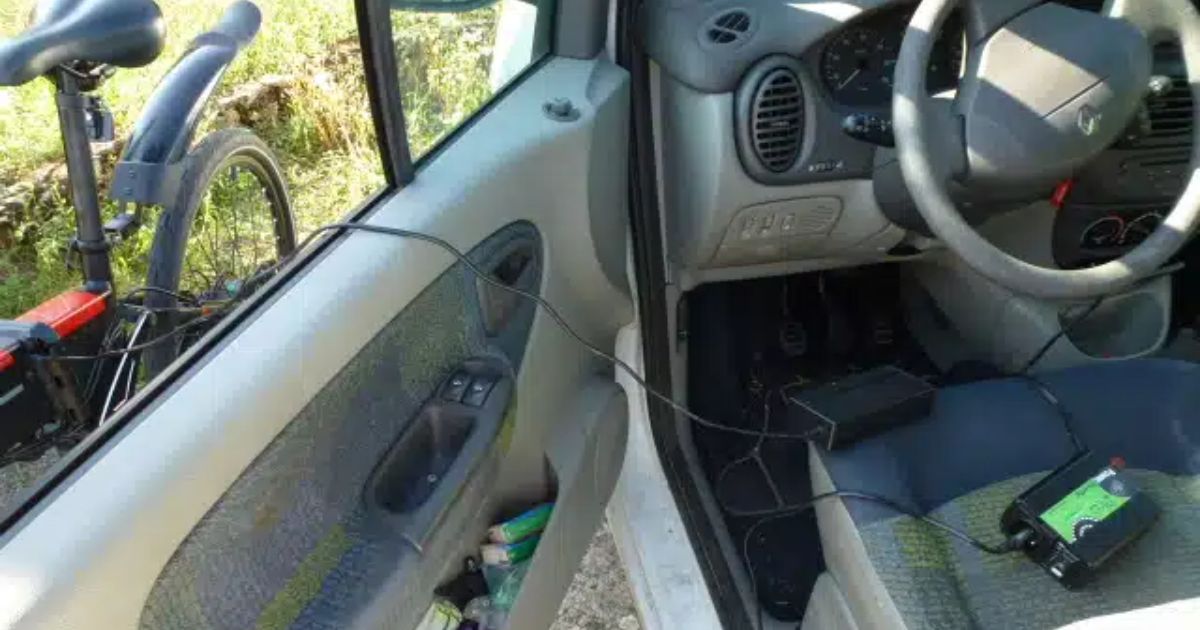

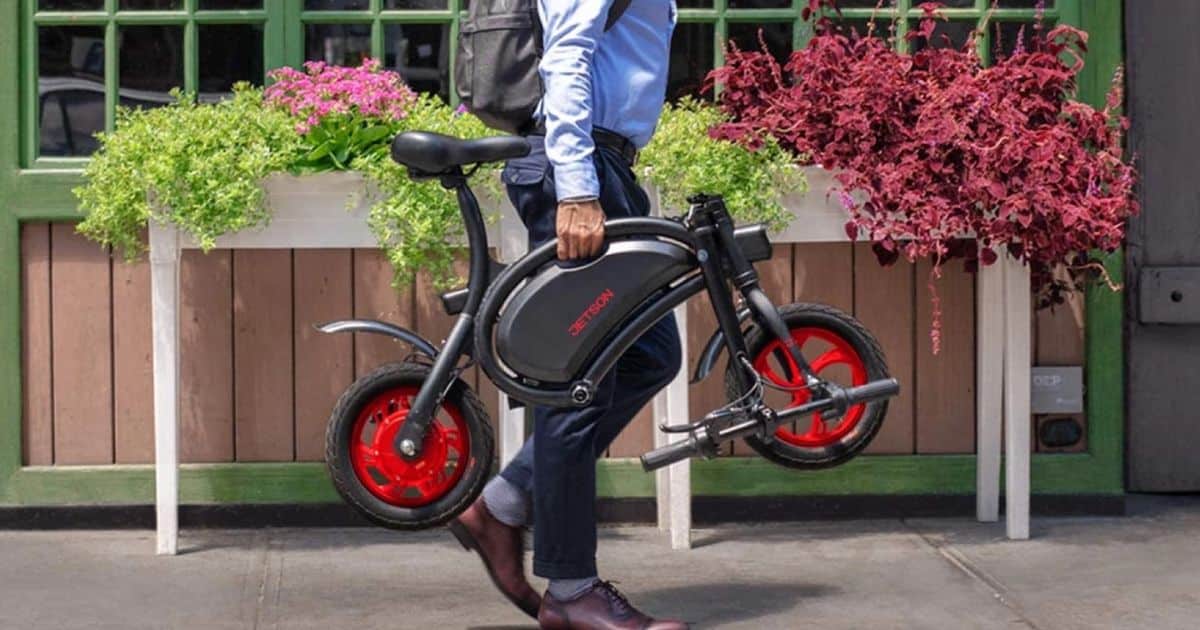
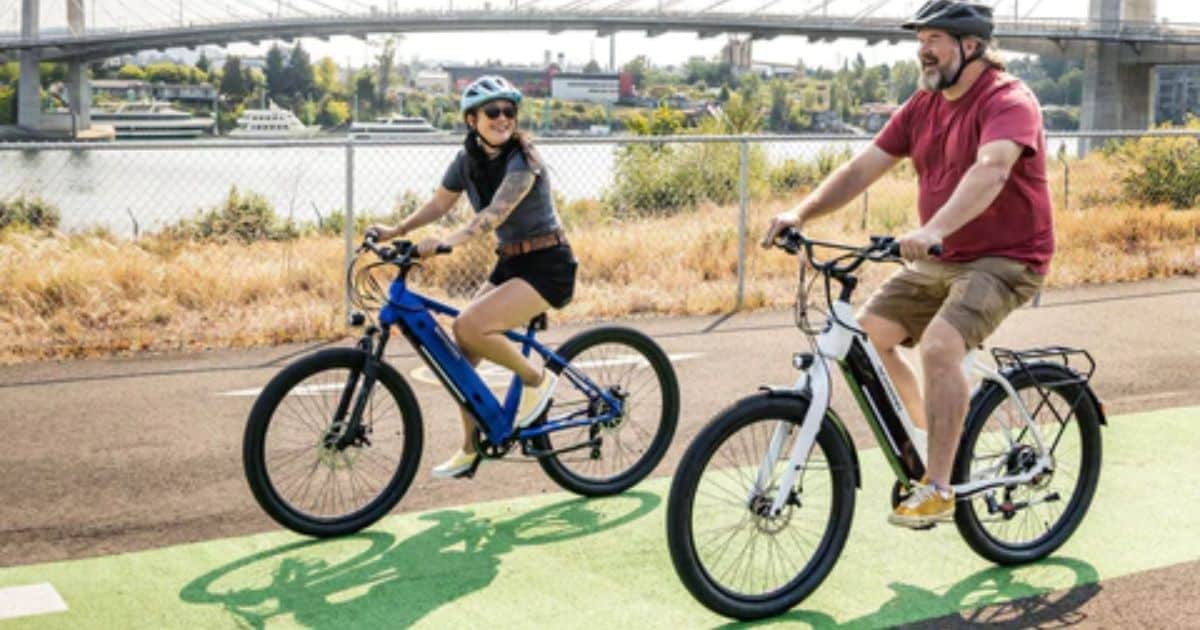

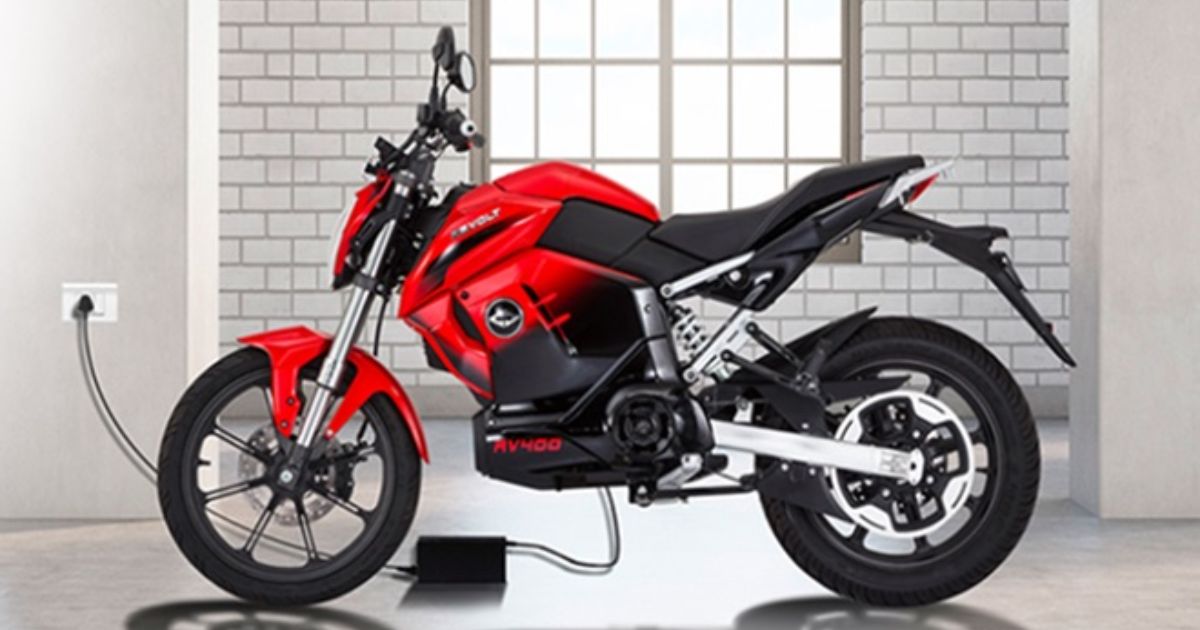


![Gomyfinance.com Invest: I Made $5,000 in My First Month [Real Results 2025]](https://electopolo.com/wp-content/uploads/2025/05/Gomyfinance.com-Invest-I-Made-5000-in-My-First-Month-Real-Results-2025-150x150.jpg)


